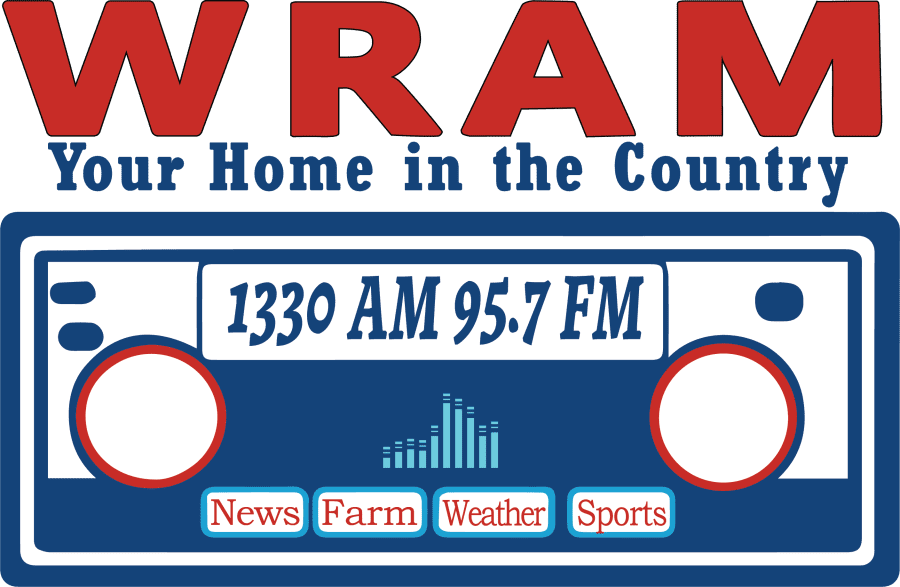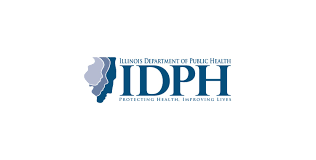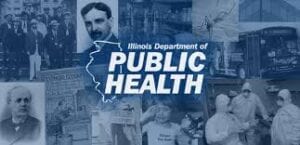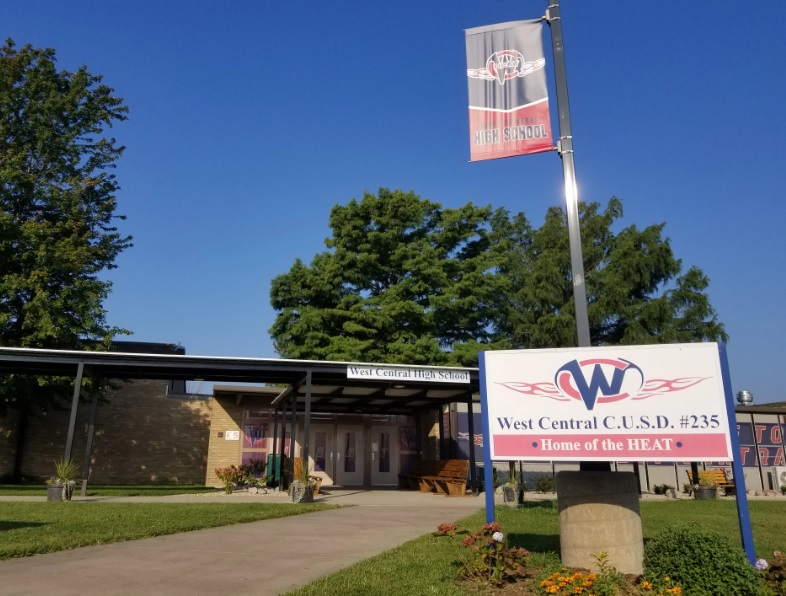**Courtesy of the Illinois Department of Public Health**
Summary and Action Items
1.) Provide awareness about the first confirmed measles case in Illinois in 2025.
2.) Remind providers to immediately report to public health any suspect measles cases at the time
it is first suspected and prior to clinical testing, and to take appropriate steps for diagnosis and
infection control and isolation.
3.) Review current vaccine and isolation/quarantine guidance for settings like schools, community
members and healthcare personnel.
4.) Review vaccination records prior to international travel due to global measles outbreaks and
domestic travel to regions in outbreak. Provide needed vaccinations as per recommendations.
5.) Recommend that healthcare providers and facilities take steps to ensure that their patient
populations are up to date on their measles vaccines.
6.) Remind health-care facilities that all persons who work in their facilities should have presumptive
evidence of immunity to measles.
7.) Healthcare clinics and hospitals should review and implement preparedness measures to reduce
healthcare exposures.
Background
An Illinois measles case in Marion, Illinois was confirmed today. The patient is an unvaccinated adult,
and information is being collected on possible exposures for this individual. A public health investigation
is underway to identify locations where the patient was while infectious. Persons exposed will be
contacted to determine immune status. Those susceptible will be monitored for symptoms and asked to
quarantine. This is not considered an outbreak at this time.
At this time, there are eight known exposure locations. We unfortunately do not have known dates and
times when the case was at most of these facilities so providers should consider any patients with
measles symptoms, including during the prodromal period with fever, cough, conjunctivitis or coryza,
and who frequented one of the following locations from April 7 to April 15, 2025, as highly suspicious for
measles.
1) The clinic where the person sought care. Anyone exposed at this facility is being notified
directly.
2) Don Sol Restaurant in Marion, Illinois
3) Legacy Fitness in Marion, Illinois
4) Walmart in Marion, Illinois
5) Kroger in Marion, Illinois
6) Wonder Wash Laundry in Marion, Illinois
7) Easy Coin Laundry in Marion, Illinois
8) Small Star Laundry in Marion, Illinois
As of April 17, 2025, there have been 800 confirmed cases reported in the U.S. in 25 states. In Canada,
there have been 880 measles cases. Globally, measles outbreaks are occurring; therefore,
unvaccinated travelers returning to the U.S. are at an increased risk and we are seeking to make
providers aware of the steps to take to prevent and manage measles.
Diagnosis
Healthcare providers and facilities should be alert for possible measles cases, especially in
people who could have traveled to areas where cases are occurring. The measles prodrome
usually lasts for two to four days but may persist for as long as eight days. Symptoms typically include
fever and malaise, followed by conjunctivitis, coryza, and cough. The prodromal symptoms typically
intensify a few days before the rash appears. The measles rash is typically maculopapular and starts
on the head or hairline and spreads down the body. Providers should also be suspicious in those that
are ill and had recent travel to countries or U.S. counties where there are measles (See attached
resources for healthcare settings).
If you suspect measles, immediately place the patient in airborne isolation, and notify infection
control. Non-immune (see below in Prevention section for definition of measles immunity) contacts of
measles cases can be vaccinated within three days of exposure, or in some special situations given
immune globulin within six days of exposure to prevent or ameliorate the illness. Providers should
consider administering a second MMR to contacts over 12 months of age who were previously
vaccinated with only one dose, as long as there are 28 or more days since the last dose of live vaccine.
If you suspect measles, immediately place the patient in airborne isolation, and notify your
infection control staff or clinic point person for measles response.
Reporting
Healthcare providers and facilities need to immediately report suspect measles cases to their local
health department, or to IDPH. This means reporting at earliest clinical suspicion and at the point
testing is requested; do not wait on laboratory confirmation or rely on laboratory reporting.
Delays in reporting might result in avoidable exposures as well as missed prophylaxis options for non
immune close contacts. If unable to reach their local health department after-hours, providers can call
IEMA-OHS at 217-782-7860 to reach someone at IDPH.
Testing
IDPH laboratory provides PCR testing of throat or nasopharyngeal swabs for measles at no cost to the
patient or provider. It is recommended that testing of suspect measles cases by PCR be conducted at
the state lab as testing at commercial laboratories can delay results by multiple days which then delays
a public health response if the case is positive (see instructions for submission). Measles could be
tested using measles-specific IgM antibody in serum via commercial lab and measles RNA by real-time
polymerase chain reaction (RT-PCR) in a respiratory specimen. Healthcare providers should obtain
both a serum sample and a throat swab (or nasopharyngeal swab) from patients suspected to have
measles. Swabs should be placed in viral transport media (VTM). (see IDPH Measles Testing
Flowchart)
Transmission and Infection Control
The measles virus spreads easily through contact with respiratory droplets and via airborne spread.
The virus can remain airborne for up to two hours after an infectious person leaves an area. Measles is
highly contagious. Up to 90% of susceptible people who have contact with someone with measles will
develop measles. Patients are contagious starting four days before through four days after rash onset
(with rash onset date being day zero). Anyone with measles should isolate during that time except to
seek necessary medical care. If medical care is required, patients should call to notify the facility of their
diagnosis in advance.
Health care personnel should follow CDC’s Interim Guidelines on Measles Infection Control in
Healthcare settings when dealing with potential measles cases and determining degree of
exposure (Appendix A in the guidance document).
Prevention and Post-Exposure Prophylaxis
Vaccination is the best protection against measles. Those traveling internationally, especially to
countries where there are known measles outbreaks, should ensure they are up to date on all of their
vaccinations. Those traveling within the U.S. to areas with measles outbreaks should also ensure they
are up to date on their measles vaccinations. MMR is a measles containing vaccine that is highly
effective in providing measles immunity. It is recommended that facilities keep records of their
employees’ vaccinations to facilitate a prompt response to a measles exposure, should one occur.
Post-exposure prophylaxis: Non-immune (see below for definition of measles immunity) contacts of
measles cases can be vaccinated within three days of exposure (if over six months and no
contraindications), or in some special situations given immune globulin within six days of exposure to
prevent or ameliorate the illness.
In settings of community transmission of measles or outbreaks, providers should consider administering
a second MMR to children over 12 months of age who were previously vaccinated with only one dose,
as long as there are 28 or more days since the last dose of live vaccine.
There are no recommendations at present for receiving a third MMR dose during outbreak settings.
Health care providers should ensure all patients are up to date on MMR vaccine.
1) Children: Continue to give MMR vaccine at 12-15 months of age, and 4-6 years of age.
2) Adults (non-high risk): Adults born during or after 1957 should have at least one dose of the
MMR vaccine, or presumptive evidence of immunity.
Additional recommendations for certain high-risk populations include:
1) Students at post-high school educational institutions: Should have two doses of MMR, spaced
out by at least 28 days, or evidence of immunity.
2) For individuals who are traveling internationally:
a) Infants 6 through 11 months of age should be given one dose of MMR vaccine. These
children will still need their regularly scheduled MMR doses.
b) Individuals 12 months of age or older should have two doses of MMR, separated by at least
28 days.
3) Healthcare personnel (HCP) (all paid and unpaid persons working in health-care settings):
Should have presumptive evidence of immunity to measles.
Presumptive evidence of immunity is defined as:
a) written documentation of vaccination with 2 doses of live measles or MMR vaccine
administered at least 28 days apart,
b) laboratory evidence of immunity (positive serum IgG),
c) laboratory confirmation of disease, or
d) birth before 1957. (According to CDC, although birth before 1957 is considered as
presumptive evidence of immunity, for unvaccinated HCP born before 1957 that lack
laboratory evidence of measles immunity or laboratory confirmation of disease, health care
facilities should consider vaccinating personnel with two doses of MMR vaccine at the
appropriate interval.)
e) healthcare personnel who are non-immune should be excluded from work from Day 5 of
first day of exposure till day 21 from last (not first) day of exposure.















